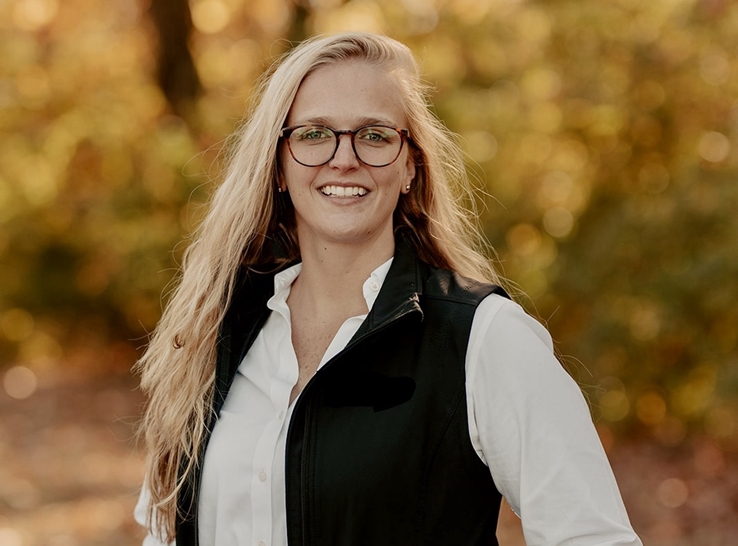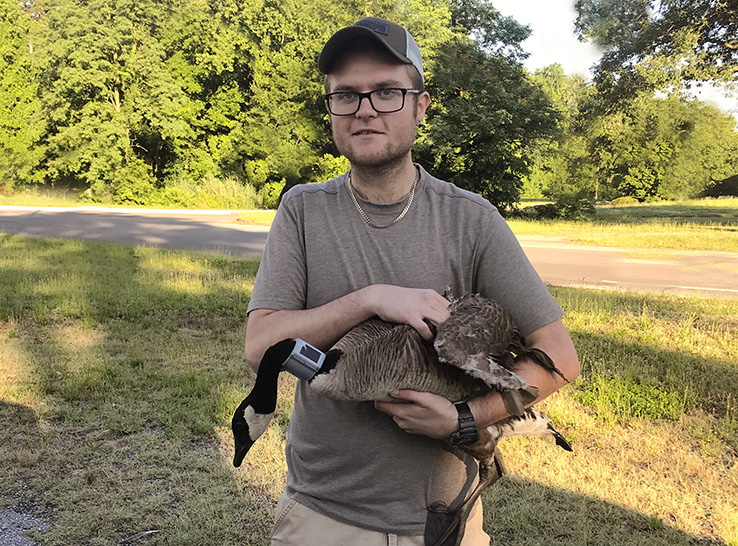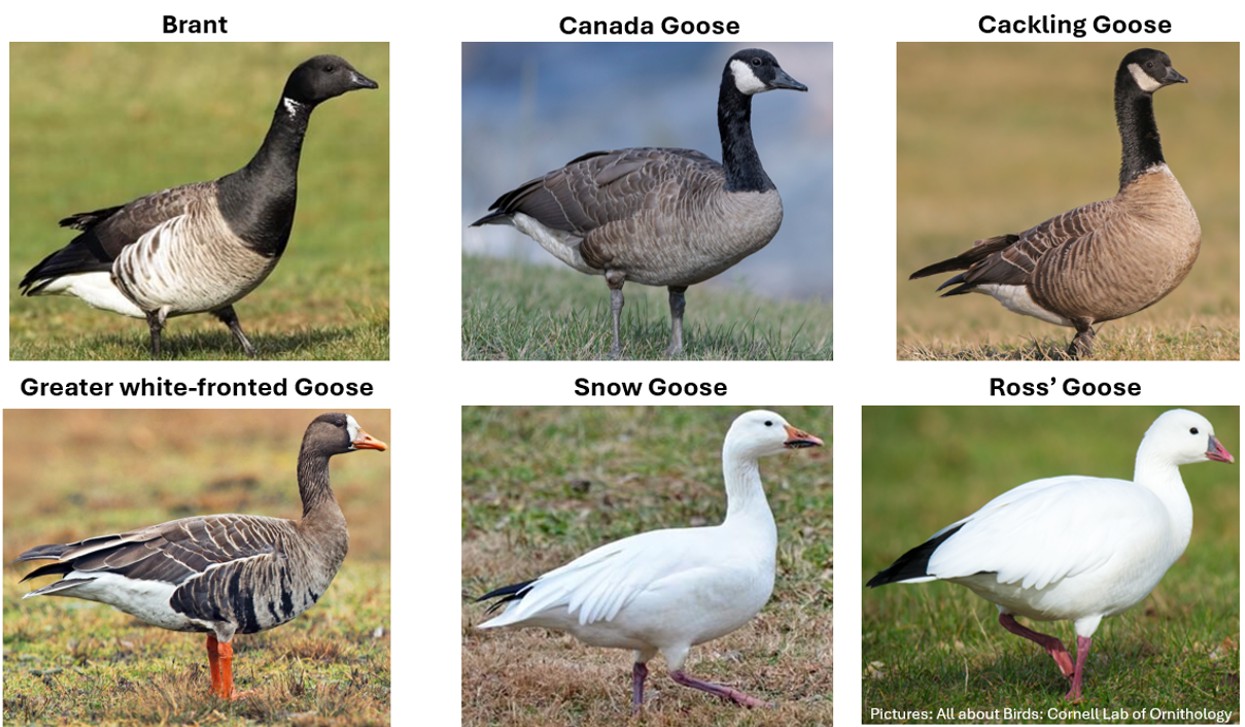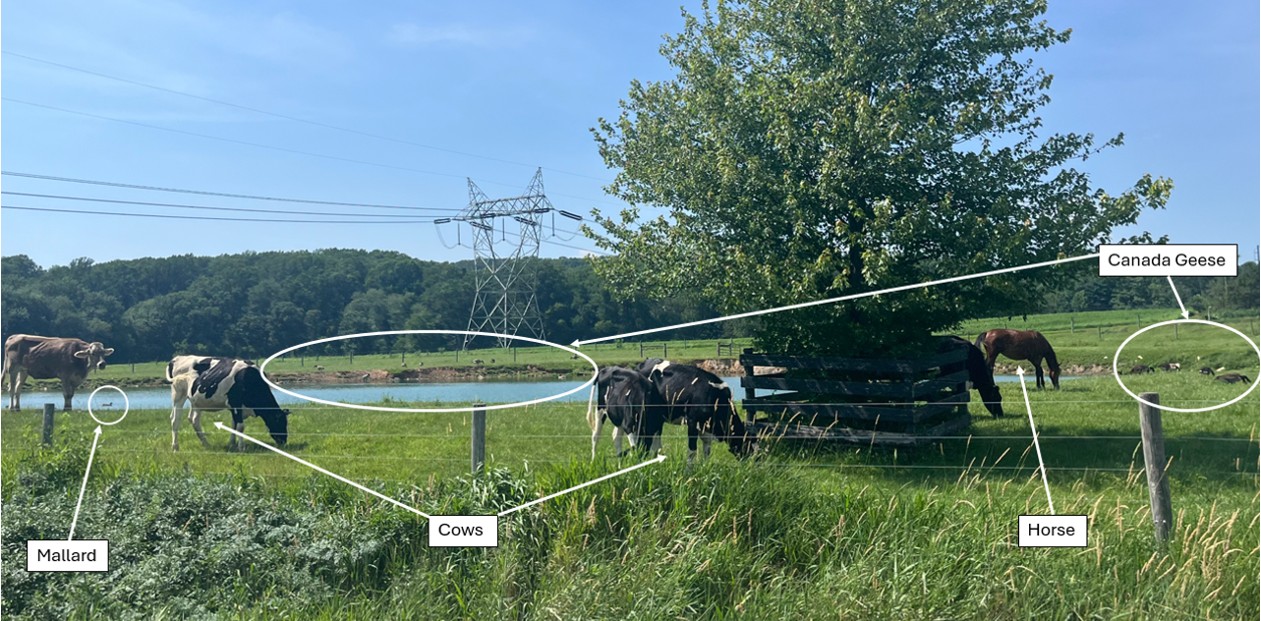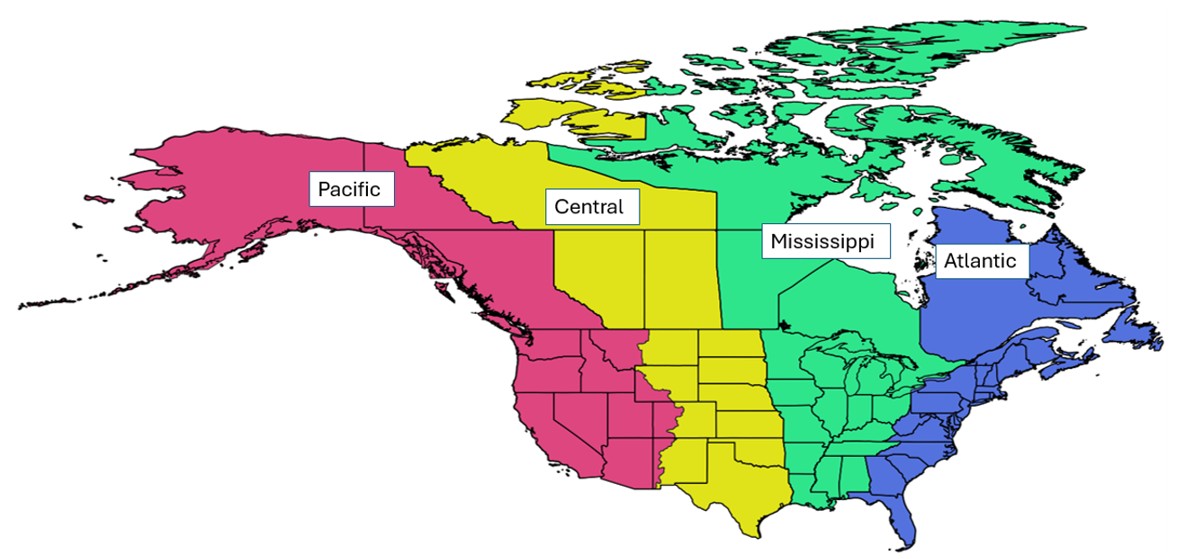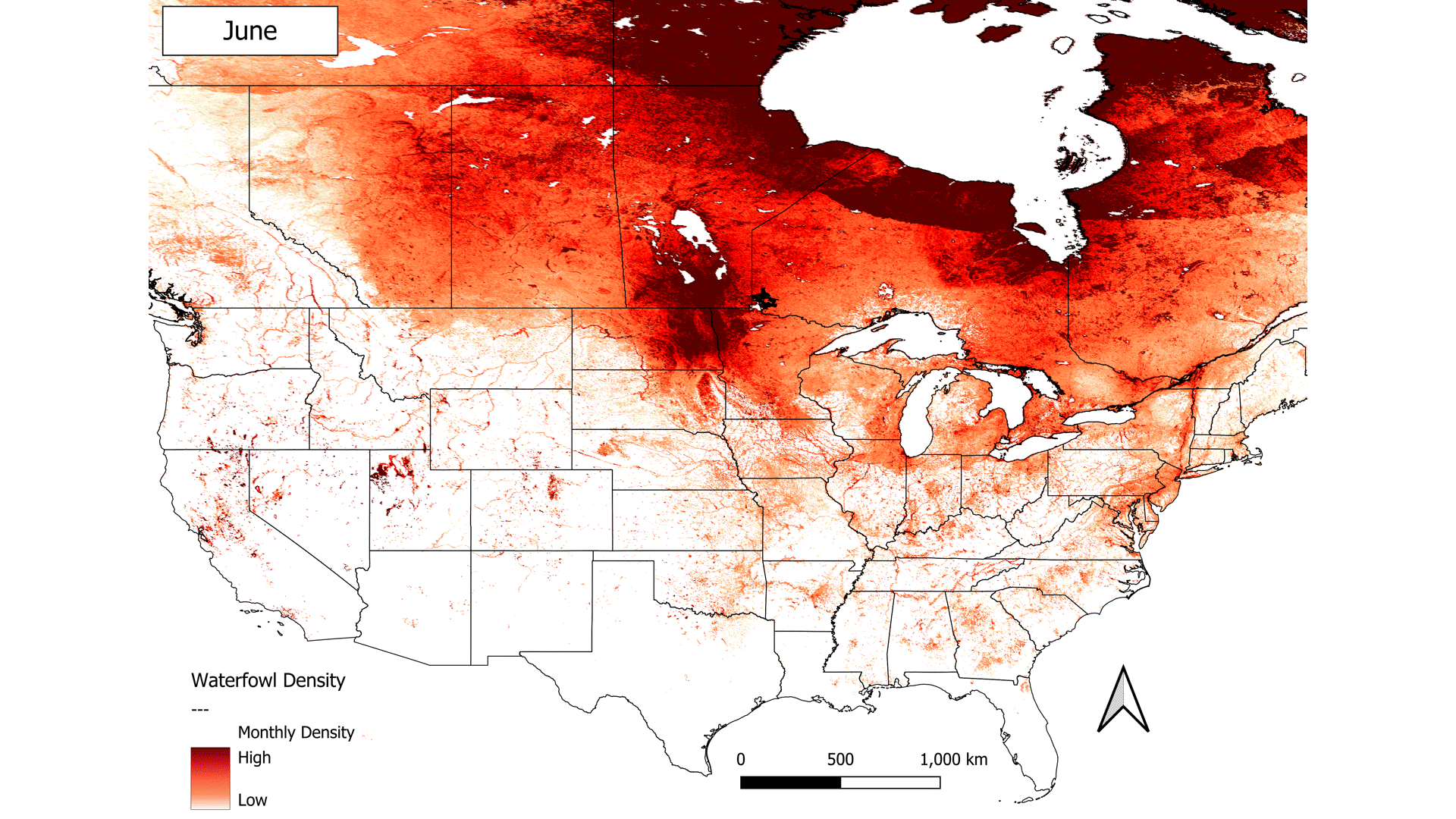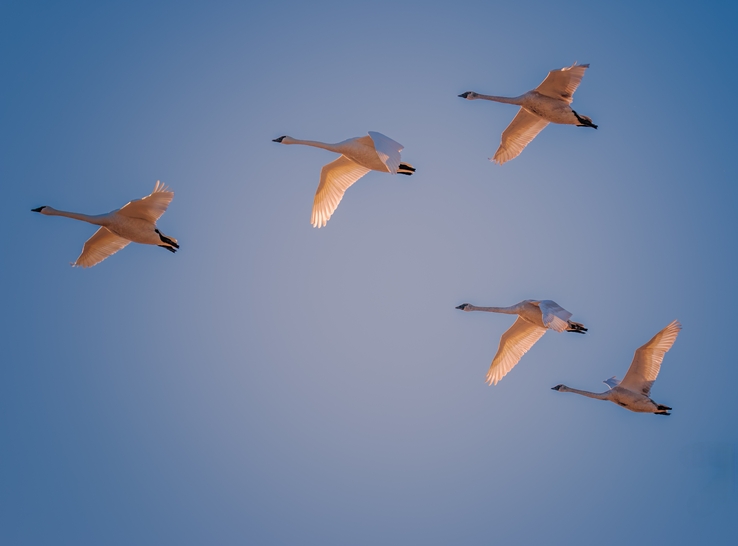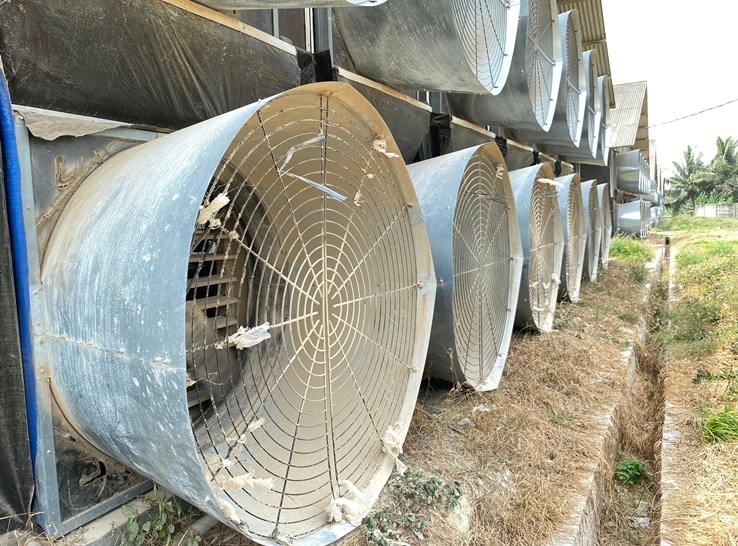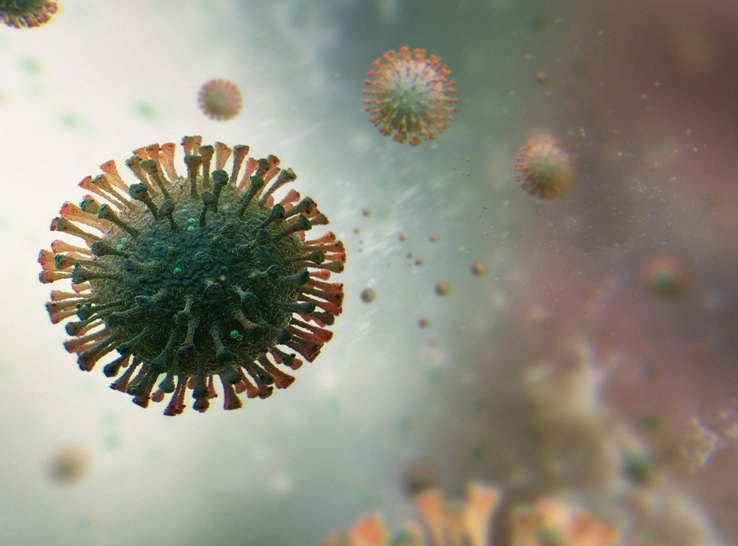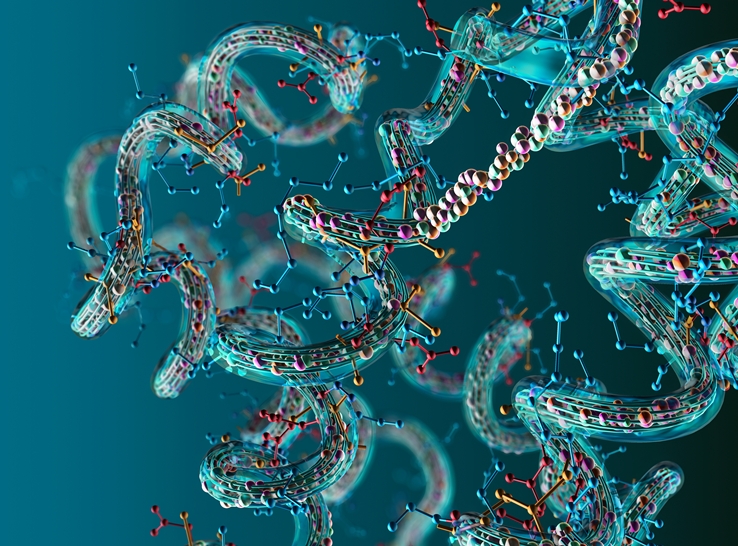By Matthew J. Hardy, MSc
AgriNerds – Co-owner, Waterfowl Biologist and Co-director of Ecological Modeling
Chester County, Pennsylvania
(Part 3 of 4, Waterfowl migration and HPAI risk across North America)
In Parts 1 and 2, we explored how dabbling and diving ducks influence the broader dynamics of highly pathogenic avian influenza (HPAI) across the landscape. Now, it’s time to turn our attention to the geese, including such species as the Brant, Cackling Goose, Greater White-fronted Goose and Ross’s Goose, along with two species that I became especially familiar with during my Master of Science research at the University of Delaware: the Canada Goose and Snow Goose.
Although ducks are well-known players in the epidemiology of HPAI in seasonal wetlands, geese represent an equally important, but often underappreciated, part of the virus’s ecology in North America. Dabbling ducks generally show higher HPAI detection rates, partly due to their filter-feeding behavior and gregariousness, which increase exposure to virus-contaminated water and sediment.
However, these data are influenced by sampling bias, as hunter-harvested surveillance targets more ducks than geese. This can obscure the role of goose species such as Snow, Canada and Greater White-fronted Geese, whose grazing-based foraging, use of agricultural habitats and large winter flocks near poultry and other livestock regions may make them significant contributors to viral maintenance and spread.
Aside from the largest Mallards and smallest Cackling Geese, geese are generally much larger than both dabbling and diving ducks. Ducks typically weigh between 0.6 pounds (0.27 kg) and 2.7 pounds (1.23 kg), while geese range from approximately 2.1 pounds (0.95 kg) up to 14 pounds (6.35 kg). This greater body size is accompanied by longer lifespans, differing susceptibility to HPAI and the ability to tolerate colder northern climates better, allowing them to remain active on land in regions where waterbodies are frozen.
Many dabbling ducks, unlike geese, tend to feed primarily at night to avoid predation and are less adapted to the extreme cold. More importantly, geese differ substantially from ducks in their habitat preferences, diet and migratory patterns. These distinctions influence the timing, location and nature of their interactions with domestic poultry (and other livestock), other wild waterfowl and contaminated environments over the year (Figure 1). As a result, geese represent a critical yet often underappreciated component in the complex ecology of HPAI.
Figure 1. Species of geese
Geese, why they matter
Geese inhabit a broad range of habitats, including ponds, rivers, wetlands, upland fields and even developed or urbanized areas. They often move between these habitats at different times of day and throughout their annual cycle. For example, geese may roost overnight on open water, such as ponds and quarries, for safety, then move to agricultural fields to forage during daylight hours.
These daily movements, combined with seasonal shifts associated with breeding, staging and migration, bring geese into contact with a diverse array of environments, as well as poultry premises (Figure 2).
This dynamic use of space increases the likelihood that geese encounter the virus in one area and shed it in another, particularly in shared wetlands or agricultural zones near poultry operations. Their mobility, habitat flexibility and tendency to aggregate in large numbers during migration and overwintering periods make geese important vectors and potential long-distance carriers of HPAI across landscapes.
Figure 2. A GPS-tracked Canada Goose (yellow tracks) in Maryland used a surprisingly small range (~1,900 acres), frequenting just a few key highlighted habitats like quarries, ponds and agricultural fields. These areas overlapped with 5+ poultry farms (highlighted in white), underscoring a high-risk interface for potential virus transmission.
Varying annual HPAI incidence
Most migratory geese in the US are on northern breeding grounds (including the High Arctic) during the summer (June to September), reducing contact with US poultry. Cases rise from April to May as birds move north, and peak again from October to April during southward migration and overwintering (Figure 3).
Even during summer months, resident geese — particularly Canada Geese — can contribute to the environmental persistence of avian influenza. These birds form multiple sub-populations and some leave seasonally, while others remain year-round near agricultural areas. We’ve documented nesting geese in the summer within 100 meters of poultry premises, highlighting a close and concerning interface.
Understanding their movement patterns, site fidelity and seasonal behaviors is crucial for predicting risk and developing targeted mitigation strategies for poultry producers and wildlife managers alike.
Figure 3. Annual cycle of H5N1 detection counts
Additionally, Canada Geese are among the most important natural reservoirs and vectors of HPAI, partly due to their frequent interactions with a wide range of wild and domestic animals. They often feed on spilled grain and hay in open cattle lots and use the same water bodies (ponds, ditches or flooded fields) that are frequented by livestock and other wildlife (Figure 4), though at different times of the year.
These shared environments can become hotspots for indirect transmission. Because geese can carry and shed the virus without showing clinical signs, they pose a persistent, often overlooked threat to biosecurity.
Figure 4. Waterfowl and domestic wildlife interface observed in Pennsylvania, summer 2025.
Flyway patterns, high-risk zones
Geese use a variety of migratory routes and habitats throughout their annual cycles, with patterns that vary by species, region and residency status. Despite these differences, all populations contribute to a broader continental picture of HPAI risk. Understanding how this risk fluctuates by flyway, species and season allows farmers and land managers to anticipate periods of heightened threat and apply targeted biosecurity measures accordingly (Figure 5).
Here, I break down the general trends by flyway:
Pacific flyway
The Pacific flyway includes both migratory and resident populations across several species. In the spring, migrants move north through California’s Central Valley, the Klamath Basin and the Pacific Northwest to breeding areas in Alaska, British Columbia and the Yukon. Meanwhile, resident geese remain year-round in agricultural and urban areas.
In the fall, large aggregations form in regions like the Sacramento Valley, Columbia Basin and Great Salt Lake, often near croplands and livestock operations. Through the winter, geese continue to pose a risk in California, Washington and Nevada by sustaining virus presence in shared environments.
Central flyway
The Central flyway includes large populations of both migratory and resident geese. In the spring, migrants move north through key stopovers like the Rainwater Basin, Platte River and Prairie Pothole Region, eventually reaching breeding grounds in Canada and the Arctic. In the fall, massive flocks stage again in these same regions, often for extended periods.
Resident geese, common in urban and agricultural areas throughout the year, further sustain environmental virus pressure. Wintering geese remain concentrated in parts of Texas, Oklahoma and eastern Colorado, maintaining HPAI transmission risk across seasons (Figure 5).
Figure 5. Flyway patterns
Mississippi flyway
The Mississippi flyway supports some of the continent’s highest goose densities, with both migratory and resident populations present year-round. In the spring, large flocks move north through the Mississippi Alluvial Valley, staging in agricultural landscapes and wetlands across Missouri, Illinois and Minnesota before reaching breeding grounds in Canada and Arctic Canada.
In the fall, these same regions become major stopover sites, often near flooded fields, livestock operations and shared water sources. Resident geese, increasingly common in urban and agricultural zones, maintain environmental virus reservoirs even outside migration peaks. Wintering concentrations in states like Arkansas, Tennessee and Mississippi can pose sustained HPAI risks.
Atlantic flyway
This corridor experiences significant spring movement along the Chesapeake Bay, Finger Lakes and coastal wetlands of the Northeast. Geese breed primarily in eastern Canada and the Maritime Provinces, with major staging areas around the St. Lawrence River. In the fall, huge flocks gather in agricultural fields and wetlands across the Mid-Atlantic states and southern New England. Winter concentrations occur in Pennsylvania, Delaware, Maryland, Virginia and North Carolina.
Figure 6. Real-time tracking
Forecasting movement in real time
To better prepare for and respond to HPAI threats, technology is stepping in. The WaterFowl Alert Network, developed by AgriNerds, provides real-time forecasts of waterfowl movement across the US. This tool gives poultry farmers, conservationists and wildlife managers timely insights to make location-specific decisions about biosecurity and habitat management (Figure 6).
By integrating next-generation weather radar, GPS tracking and environmental data, this system helps stakeholders anticipate when and where risk will spike, providing a vital edge in the ongoing effort to balance wildlife health with agricultural safety.
References
Hardy, MJ. Using Remote Sensing to Examine Wintering Waterfowl Distributions and Ecology in the United States to Create a Novel Avian Influenza Virus Biosecurity Tool for the Poultry Industry. MSc, University of Delaware, United States. 2023.
Editor’s note: The views expressed in this article are solely those of the author.

